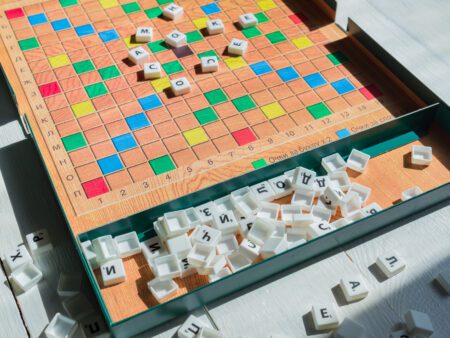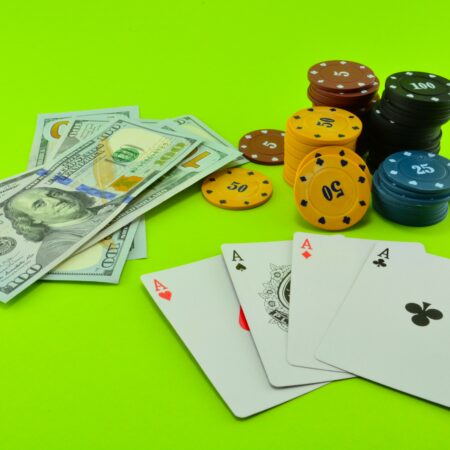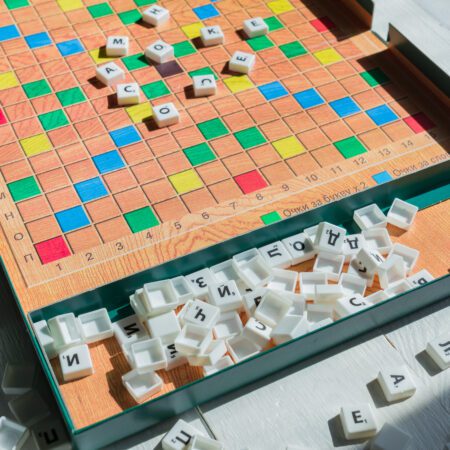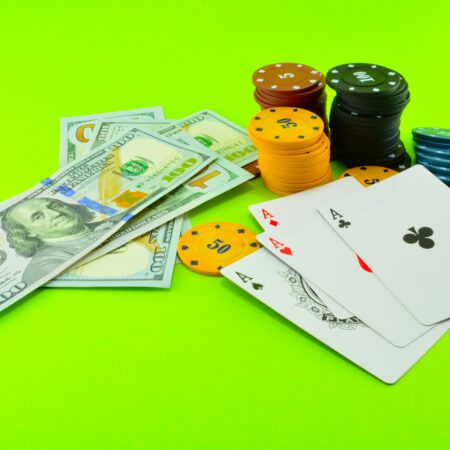Discover the ins and outs of Pai Gow, an ancient casino game blending poker strategy and Chinese domino nuances. Unveil this game’s mystery today!
Unveiling Pai Gow: How to Play This Intriguing Game
One balmy evening in Vegas, I found myself veering away from the familiar hum of the roulette wheel and the inviting sparkle of slot machines. I was drawn to a quieter corner of the casino where an intriguing game was unfolding. Ever found yourself in a similar situation, drawn towards something new and mysterious? That’s when I was introduced to Pai Gow, a game that combines the familiar thrill of poker with strategic nuances of an ancient Chinese domino game.
Did you know that Pai Gow, which translates to ‘make nine’, is considered one of the oldest casino games? It’s an enticing blend of luck, strategy, and skill, just the right recipe for an exciting casino experience. Yet, for many western gamblers, this game remains veiled in mystery, often relegated to the background. But not today. Today we’re going to pull back this veil.
Playing Pai Gow begins with understanding the game. Unlike other casino games, Pai Gow is all about balance. You’re dealt seven cards, and you have to split them into two hands – a five-card hand and a two-card hand. Sounds simple, right? ‘But hold on!’ I hear you say, ‘What about the strategy?’ Well, it’s just like sports betting systems, it’s all about making calculated decisions.
The Deal and The Split
Once you’ve placed your bet, the dealer hands out seven cards to each player. Now, here’s where the strategy starts nudging you. You must divide these cards into two hands. The five-card hand, known as the ‘behind’ or ‘bottom’, and the two-card hand, the ‘front’ or ‘top’. The catch? Your five-card hand must be better than your two-card hand.
‘Alright,’ you might think, ‘I’ll put my highest cards in the five-card hand.’ Sure, that’s a strategy, but remember, the name of the game is balance. Imagine you’re a tightrope walker, with your five-card hand on one end of the pole and your two-card hand on the other. You wouldn’t want one end of the pole to be significantly heavier, would you?
Understanding the Hands
Here’s where the poker part comes into play. The five-card hand follows traditional poker hand ranking. But, unlike poker, where a flush consists of five cards of the same suit, in Pai Gow, your two-card hand can only be a pair or the highest card. Strike the right balance, and you’re on your way to mastering Pai Gow.
Dealing with The House
Once you’ve divided your cards and laid out your hands, it’s time to battle The House. The dealer also splits their seven cards into a five-card and two-card hand. Your aim? Beat both the dealer’s hands. If you only beat one, it’s a push, and you keep your bet. If you lose both or tie, the dealer wins the bet. ‘A tie?’ you ask, ‘But that’s a draw, right?’ Not in Pai Gow. Remember, The House always has the edge.
Unveiling Success
Success in Pai Gow isn’t about just winning once. It’s about maintaining a steady balance, just like that metaphorical tightrope walker. Remember, fortune favors the brave, but it also favors the balanced. Realistically, you won’t always win both hands. But by understanding the game, developing a solid strategy, and playing your cards right, you can tip the odds in your favor and maximize your chances of walking away victorious.
Ready to unveil the mystery of Pai Gow? Set foot in Casino Learning, delve into Pai Gow, and let the chips fall where they may.










